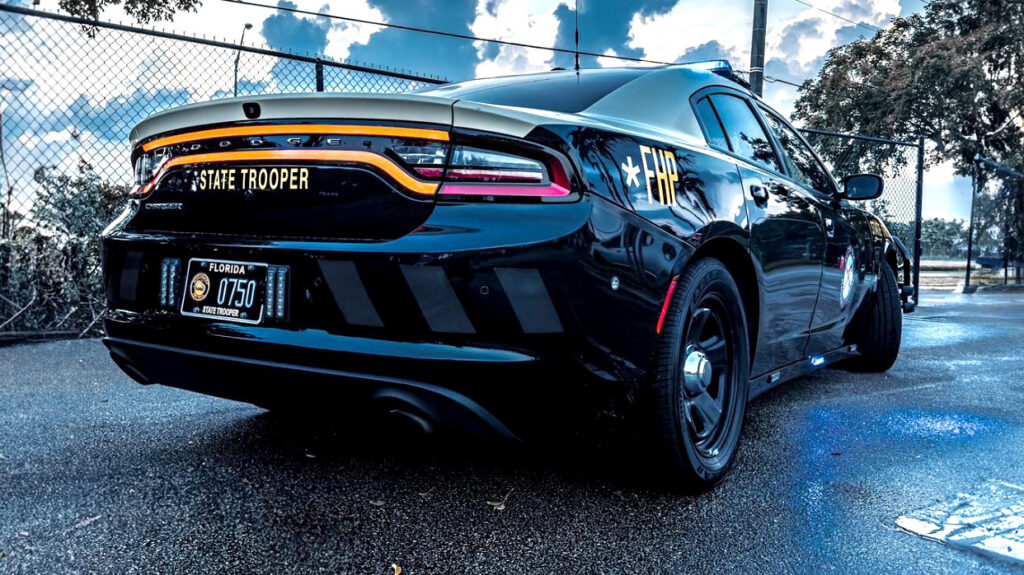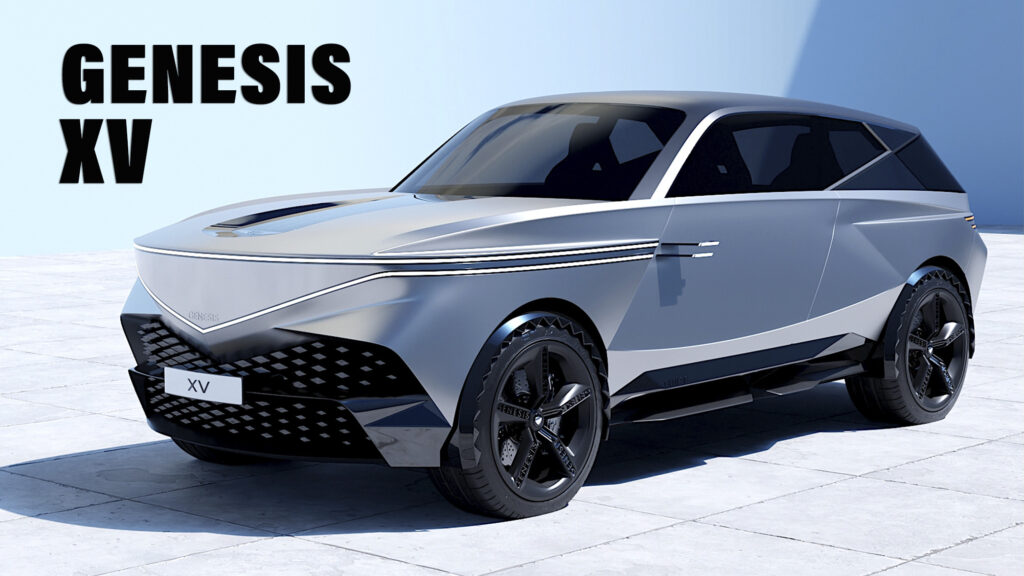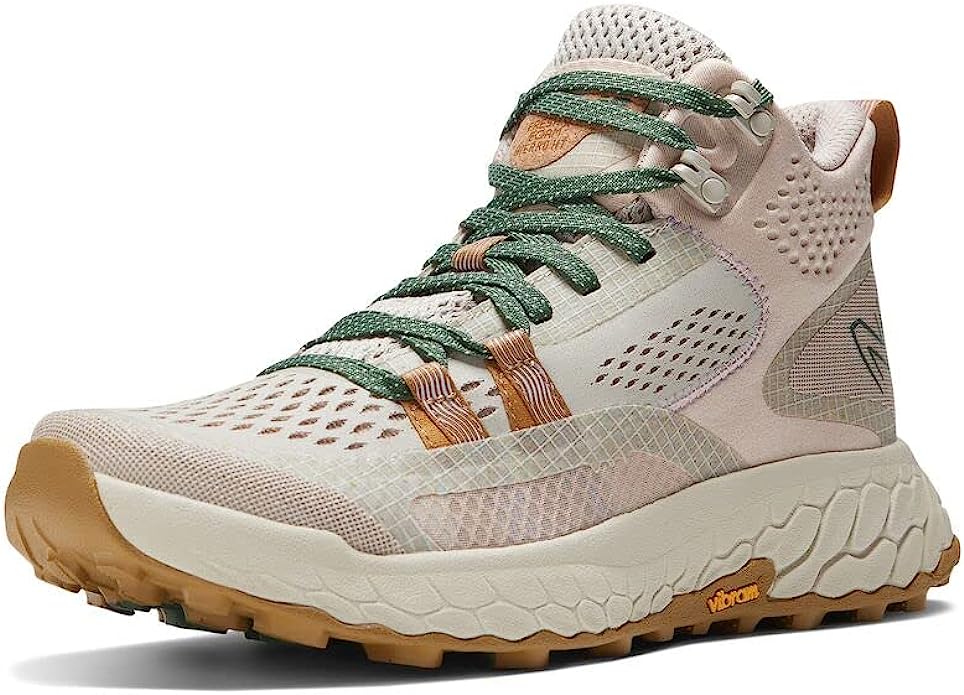The Points Guy
Editor’s note: This is a recurring post, regularly updated with new information and offers.
Shelling out hundreds of dollars in annual fees for premium credit cards is not for everyone, especially when you’re new to the points and miles world. Fortunately, plenty of travel credit cards will set you back less than $100 a year and still earn lucrative rewards to help you book that epic trip of your dreams.
Among the top cards in this category are the Chase Sapphire Preferred Card and the Capital One Venture Rewards Credit Card. Both come with manageable annual fees for beginners and experts, at $95 per year.
Let’s look at how these two cards stack up in a head-to-head comparison.
Capital One Venture vs. Chase Sapphire Preferred comparison
Here are the basics of each of these two cards in the major categories:
Card details
Chase Sapphire Preferred
Capital One Venture Rewards
Annual fee
$95
$95 (see rates and fees)
Sign-up bonus
Earn 60,000 bonus points after you spend $4,000 on purchases in the first three months from account opening
Earn 75,000 bonus miles when you spend $4,000 on purchases in the first three months from account opening
Everyday spend earning rate
1 point per dollar
2 miles per dollar
Bonus categories
5 points per dollar on all travel purchased through Chase Ultimate Rewards
5 points per dollar on Lyft rides (through March 31, 2025)
3 points per dollar on dining, select streaming services and online grocery purchases (excluding Target, Walmart and wholesale clubs)
2 points per dollar on all other travel
1 point per dollar on all other purchases
5 miles per dollar on hotels and rental cars booked through Capital One Travel
2 miles per dollar on all other purchases
Value of points/miles
2.05 cents each
1.85 cents each
Foreign transaction fees
None
None
Travel protections
Primary auto rental coverage, trip cancellation and interruption insurance, baggage delay insurance, trip delay reimbursement, travel and emergency assistance services, lost luggage insurance
Secondary auto rental coverage, travel accident insurance, roadside assistance (fees apply), 24-hour travel assistance services*
Other benefits
$50 annual hotel credit
10% annual points bonus
Extended warranty protection and purchase protection
Two complimentary visits to Capital One or Plaza Premium lounges annually
Global Entry/TSA PreCheck application fee credit up to $100 every four years
Extended warranty protection*
* Benefits only available to accounts approved for the Visa Signature card. Terms apply.
Capital One Venture vs. Chase Sapphire Preferred welcome offer
Both cards are currently offering solid sign-up bonuses that can provide a ton of value to new cardholders.
The Venture Rewards card offers 75,000 bonus miles after spending $4,000 on the card within the first three months of account opening. This bonus is worth $750 in travel if you redeem at a fixed value directly through Capital One or up to $1,388 if you transfer your miles to Capital One’s airline or hotel transfer partners since TPG values Capital One miles at 1.85 cents each.
The Sapphire Preferred is currently offering 60,000 bonus points after you spend $4,000 on purchases in the first three months from account opening. Since points are worth 1.25 cents apiece when redeemed through the Chase Ultimate Rewards travel portal, the bonus is guaranteed to be worth at least $750 in travel (before factoring in the statement credits). However, TPG values Chase Ultimate Rewards points at 2.05 cents each, meaning this welcome offer is worth $1,230.
Winner: Venture Rewards
Related: How (and why) you should earn transferable points
Capital One Venture vs. Chase Sapphire Preferred benefits
Understandably, you don’t get as many perks with a $95-a-year card as you will with a premium card that costs hundreds of dollars each year. Still, both cards offer an array of benefits that add even more value.
The Venture Rewards’ benefits include no foreign transaction fees,(see rates and fees) extended warranty protection for the original manufacturer’s warranty on eligible purchases, purchase security for a covered loss that occurs within the first 90 days of purchase, and Visa Signature travel benefits, such as lost luggage reimbursement for common carrier tickets and secondary auto rental coverage.
You’ll also get two complimentary visits to Capital One or Plaza Premium lounges annually and an up to $100 Global Entry/TSA PreCheck application fee credit. This is a perk generally seen on cards with higher annual fees, and it can make a huge difference in speeding up your journey through the airport. (Benefits only available to accounts approved for the Visa Signature card. Terms apply.)
LIZ HAFALIA/THE SAN FRANCISCO CHRONICLE/GETTY IMAGES
Since the Sapphire Preferred is also a Visa Signature card, it offers practically the same benefits but kicked up a notch. Most notably, it includes primary rental car coverage rather than secondary, meaning you can submit claims directly to your card’s benefits provider without involving your personal insurance policy.
Plus, the Sapphire Preferred’s travel benefits are also superior — up to $500 in trip delay reimbursement if you’re delayed more than 12 hours or overnight, up to $10,000 in trip cancellation and interruption insurance per person ($20,000 per trip) and up to $100 per day for up to five days in baggage delay reimbursement if your bag is delayed more than six hours.
On top of that, the card offers an annual $50 statement credit on hotel stays purchased through the Chase Ultimate Rewards travel portal and a 10% anniversary points bonus.
Winner: Chase Sapphire Preferred
Earning rewards on the Capital One Venture vs. Chase Sapphire Preferred
With the Capital One Venture, you’ll earn 5 miles per dollar on hotels and rental cars booked through Capital One Travel and 2 miles per dollar on all other purchases.
With the Sapphire Preferred, you’ll get 5 points per dollar on all travel purchased through Chase Ultimate Rewards; 3 points per dollar on dining, including eligible delivery services, takeout and dining out; 3 points per dollar on select streaming services; 3 points per dollar on online grocery purchases (excluding Target, Walmart and wholesale clubs); 2 points per dollar on all other travel; and 1 point per dollar on all other purchases.
Travel is defined quite broadly with the Sapphire Preferred and includes some everyday expenses, such as tolls, parking and subway tickets. Dining includes standard restaurants, bars and coffee shops, food delivery services, and even most vending machines.
Winner: Tie. The Capital One Venture comes out ahead on everyday spending but falls behind in specific categories, where the Sapphire Preferred shines, so it depends on your spending patterns.
Related: Chase Sapphire Preferred credit card review
Redeeming rewards on the Capital One Venture vs. Chase Sapphire Preferred
Both cards allow you to redeem rewards toward many purchases — but travel redemptions always provide the best value.
If you want a simple redemption option, you can redeem your Venture Miles at a fixed value of 1 cent each toward travel bookings made through Capital One Travel or use them for statement credits to offset any travel purchase within the last 90 days (again, at a rate of 1 cent per mile).
As with the Venture card, Chase Ultimate Rewards points can be redeemed toward travel at a fixed value or transferred. As mentioned, if you book travel reservations through the Chase Ultimate Rewards portal, points have a fixed value of 1.25 cents each.
Winner: Sapphire Preferred. You’ll get a more favorable 1.25 cents per point when redeeming for travel at a fixed rate, while you can also get a rate of 1 cent per point when redeeming for cash rewards or statement credits.
Related: How to use your Capital One miles for maximum value
EMILY MCNUTT/THE POINTS GUY
Transferring rewards on the Capital One Venture vs. Chase Sapphire Preferred
You can squeeze more value from your Capital One miles by transferring them to Capital One’s 18 airline and hotel transfer partners. Most transfers are at a 1:1 ratio. Since the card earns 2 Capital One miles per dollar on everyday spending, you’re earning up to 2 airline miles or hotel points per dollar spent on every purchase — depending on the specific program to which you transfer your miles.
If you’re not seeking travel rewards, you can redeem your miles for gift cards, cash back or on Amazon and PayPal purchases — but know it will be at subpar redemption rates.
Similarly, the way to get top value from your points is by transferring them to one of Chase’s 14 airline and hotel partners, all at a 1:1 ratio.
You can also redeem points for gift cards and cash back, but you’ll only get 1 cent per point in value.
Related: The best ways to use Chase Ultimate Rewards points
ZACH GRIFF/THE POINTS GUY
Winner: Chase Sapphire Preferred. Chase Ultimate Rewards gets the edge for offering more lucrative transfer options (namely United and Hyatt, which are not Capital One partners).
Related: Review of the Capital One Venture Rewards credit card
Should I get the Capital One Venture or Chase Sapphire Preferred?
While the value you can get from the cards depends heavily on your spending habits, most cardholders will be better off with the Sapphire Preferred. Chase points are more valuable than Venture Miles. And the card earns more in bonus spending categories and offers better travel protections.
Bottom line
These two cards aren’t mutually exclusive. After all, the Capital One Venture Card is one of the best Capital One credit cards, and the Chase Sapphire Preferred is one of the best Chase credit cards on the market. They actually complement each other if you have both. You can use the Venture card for everyday purchases and the Preferred for travel and dining spending. Between the two sign-up bonuses, you could get nearly $3,000 worth of travel in the first year for less than $200 in annual fees — a win-win if you sign up for both cards.
Learn More: Capital One Venture Rewards Credit Card with 75,000 bonus miles after meeting minimum spending requirements
Apply here: Chase Sapphire Preferred with 60,000 bonus points after meeting minimum spending requirements
For Capital One products listed on this page, some of the above benefits are provided by Visa® or Mastercard® and may vary by product. See the respective Guide to Benefits for details, as terms and exclusions apply










